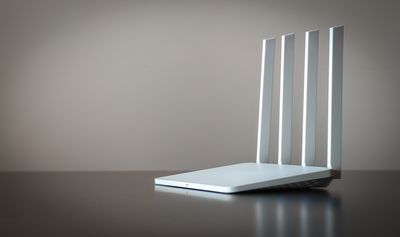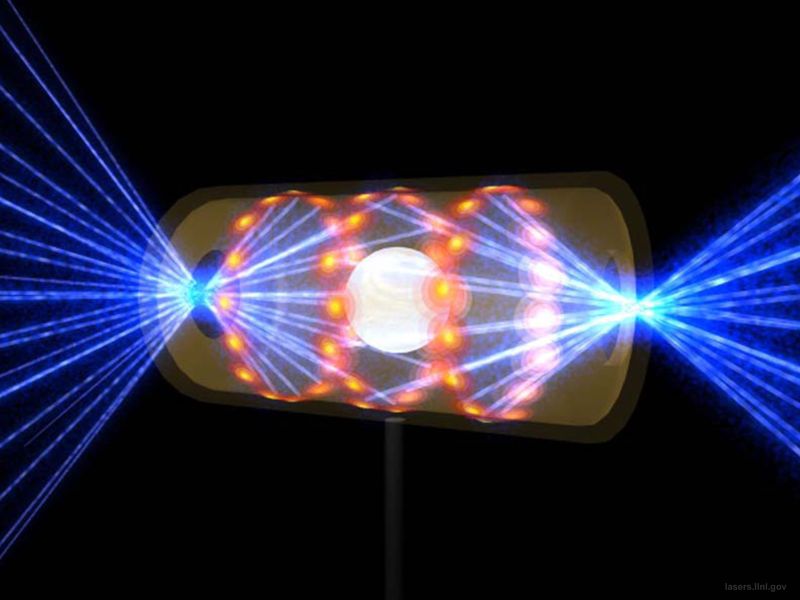Tips for boosting your Wi-Fi signal range from the sensible to the downright bizarre (yes, aluminum hats can help, no, a Faraday cage won’t). But sometimes the issue isn’t the router itself; it’s the objects you have placed near it.
The rest of this article is behind a paywall. Please sign in or subscribe to access the full content.Routers connect our devices to the Internet by sending signals that direct data traffic between phones, laptops, and tablets so that we can browse the Internet with ease. When their signals get blocked or disrupted, we experience lousy Wi-Fi, so what should you avoid if you want to stay connected?
Metal objects and mirrors
If your router is sitting next to a big mirror, there’s a chance the signals it's sending out may get deflected as they bounce off its surface. This can create signal dead zones within your home where devices can’t seem to connect to routers, even when they’re close by.
Tanks of water
Fishy or otherwise, big containers of water can be a problem if they’re near your router because they absorb radio frequencies. When it’s raining, this problem is relevant to signal outside the home, too, as scientists explained for The Conversation: "Wireless signals outside the home or building can be affected by rainfall as water droplets can partially absorb the signal, which may result in a lower level of coverage."
Microwaves
While popcorn is the cinematic snack of choice, microwave ovens can disrupt your Wi-Fi signal as a result of the small amounts of radiation they leak. Microwaves effectively produce a radio signal, but because it broadcast at such a high frequency, you’re not ever going to accidentally stumble across some sort of Hot Pockets Pirate Radio. The frequency they operate on, 2.4 GHz, is the same as your Wi-Fi, which is why heating up that breakfast pizza can temporarily cut off your connection on certain devices.
Large objects
The signal from your router is a great feat in technological innovation, but unfortunately, it is easily thwarted by barriers. The radio waves are much shorter compared to those used in radio transmission, so will lose strength pretty rapidly, which is why keeping a clear path between your router and devices can make things run more smoothly. In short, don’t tuck it behind the sofa.
Cordless phones
If you’re too young to remember landlines, this might seem odd, but some people have wireless phones they keep at home. They operate at about the same frequency as Wi-Fi routers, so if you pop the two devices side-by-side, you may experience sluggish connection and interference.
Bluetooth devices
Similarly, anything like wireless headphones or speakers can also get in the way of Wi-Fi signals. Proximity is again key, with disturbances getting worse the closer you keep these items to your router. Keep Bluetooth devices clear and you should see an improvement.
Electronic devices
It might sound counterintuitive to create a router that doesn’t play well with other electronic devices, considering its goal in life is to connect with them, but irrelevant tech to your home cinema set-up will slow it down. Everything from baby monitors to fluorescent lights can emit frequencies that get in the way, so try to keep your router clear of anything that it’s not directly connecting with.
Wi-Fi can be frustrating, but just a few tweaks to your home layout can make a big difference in your connection quality. And if you’re not in the mood for that, you can always get cracking with that tinfoil hat.
An earlier version of this story was published in 2023.





